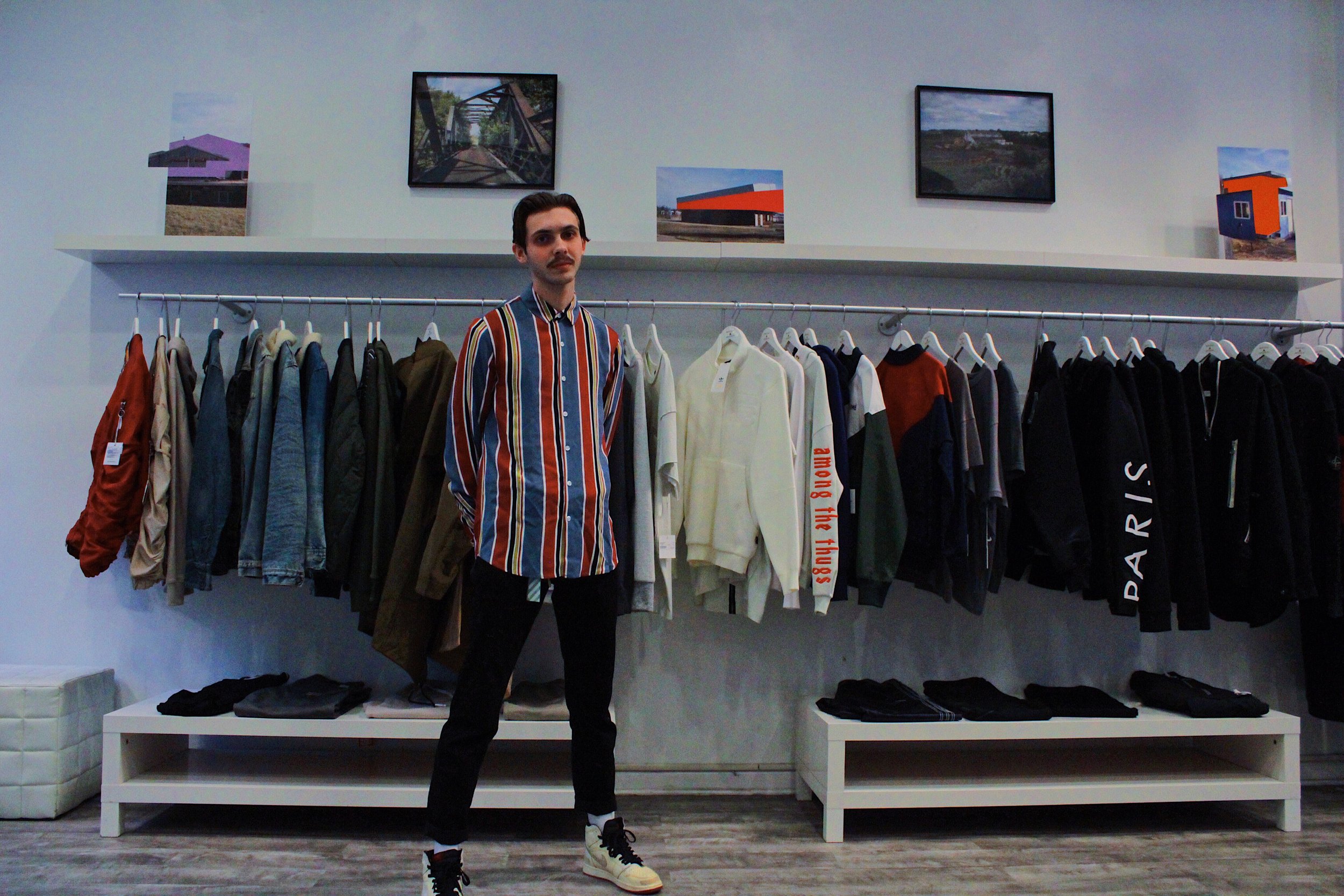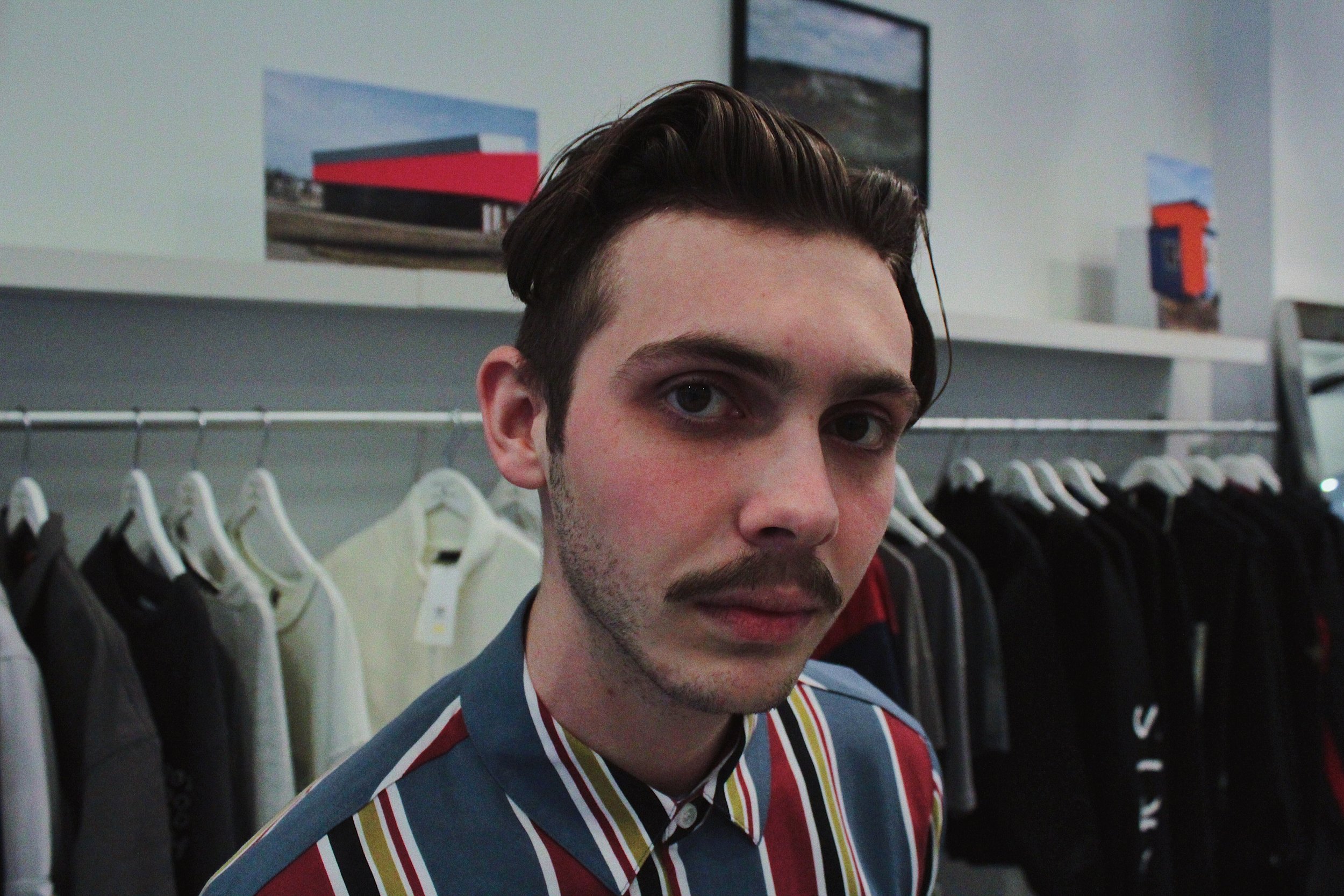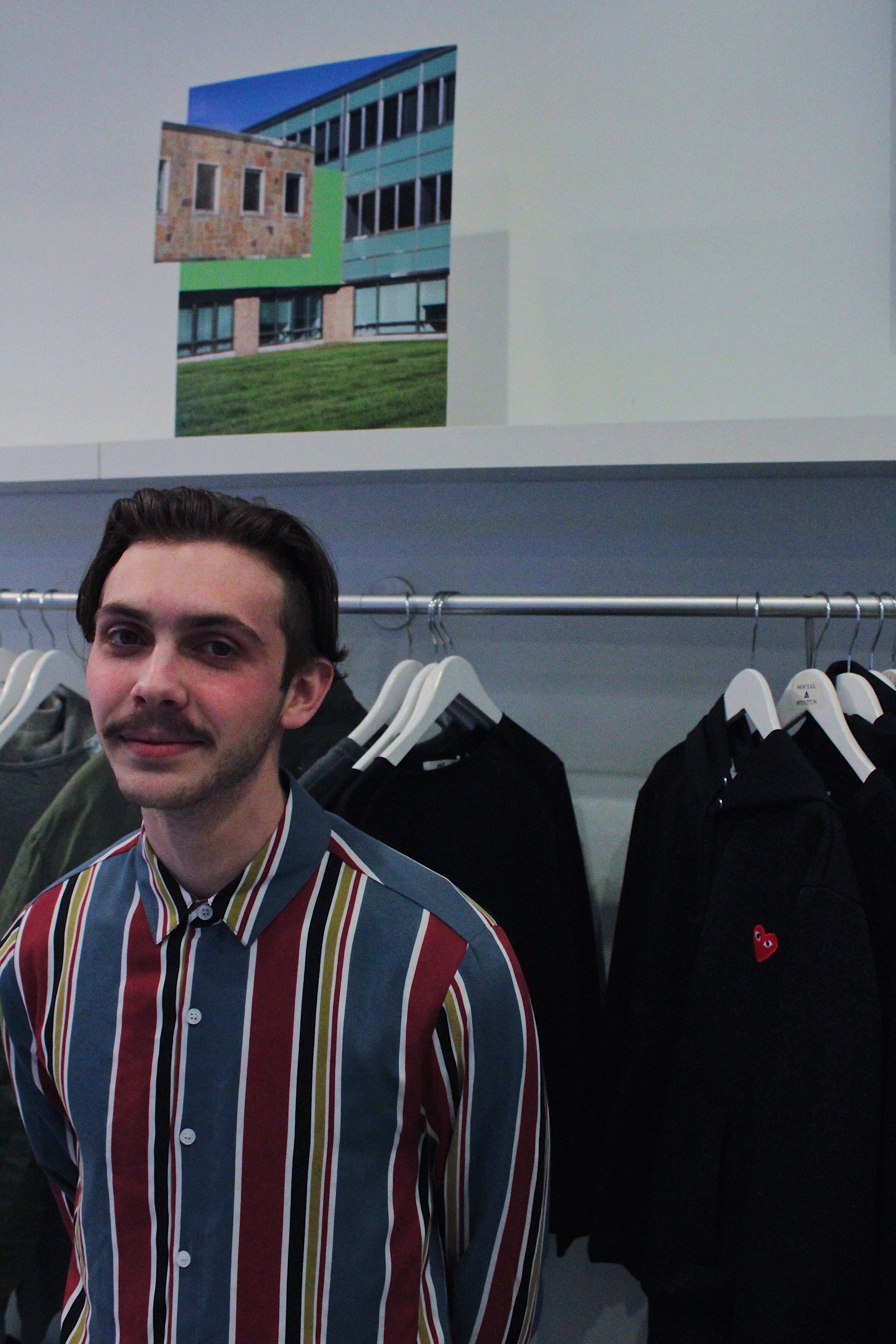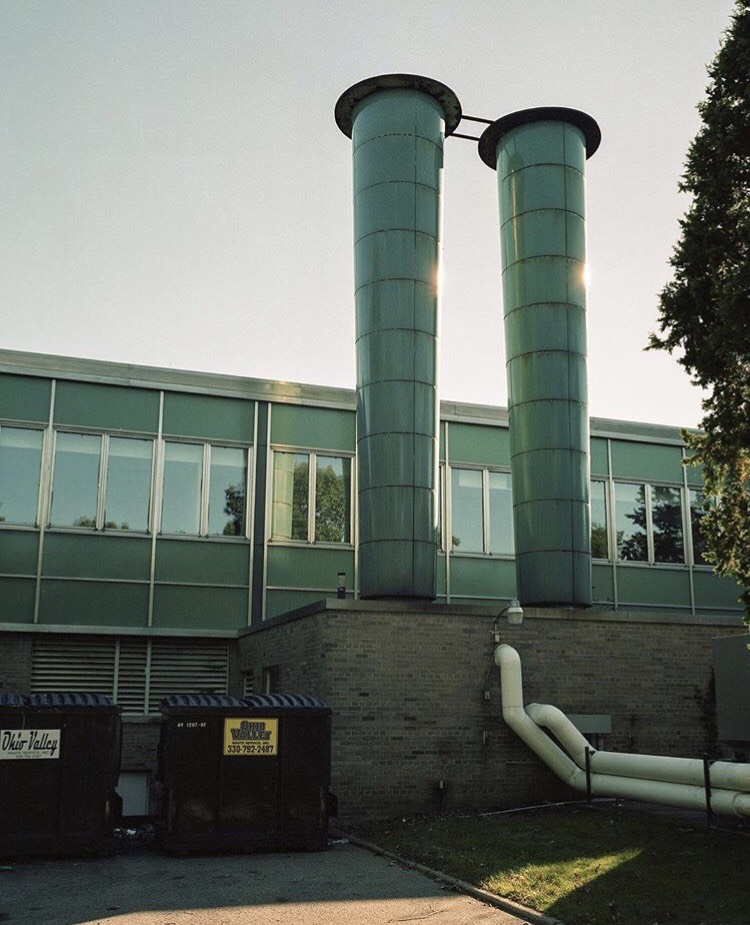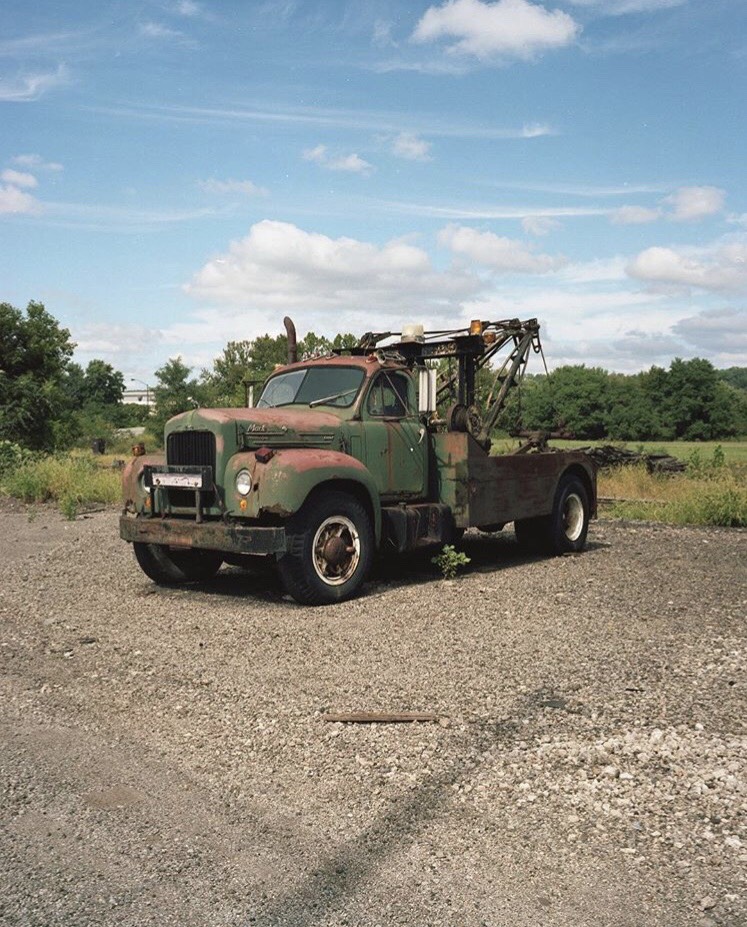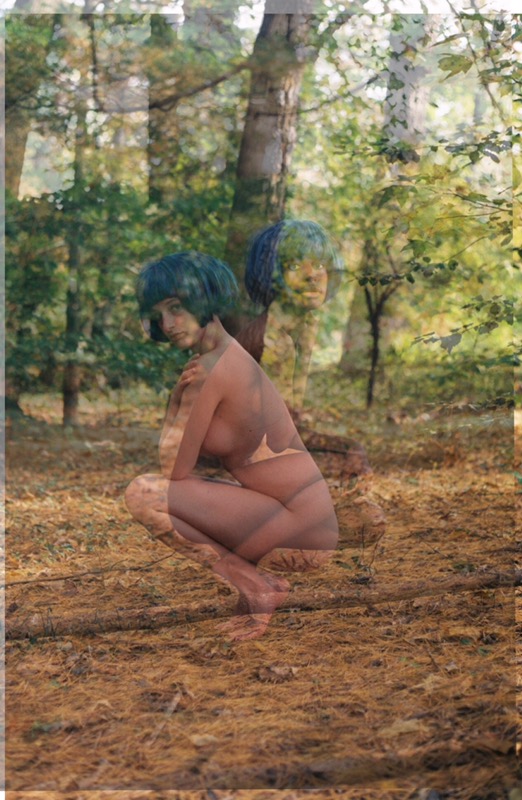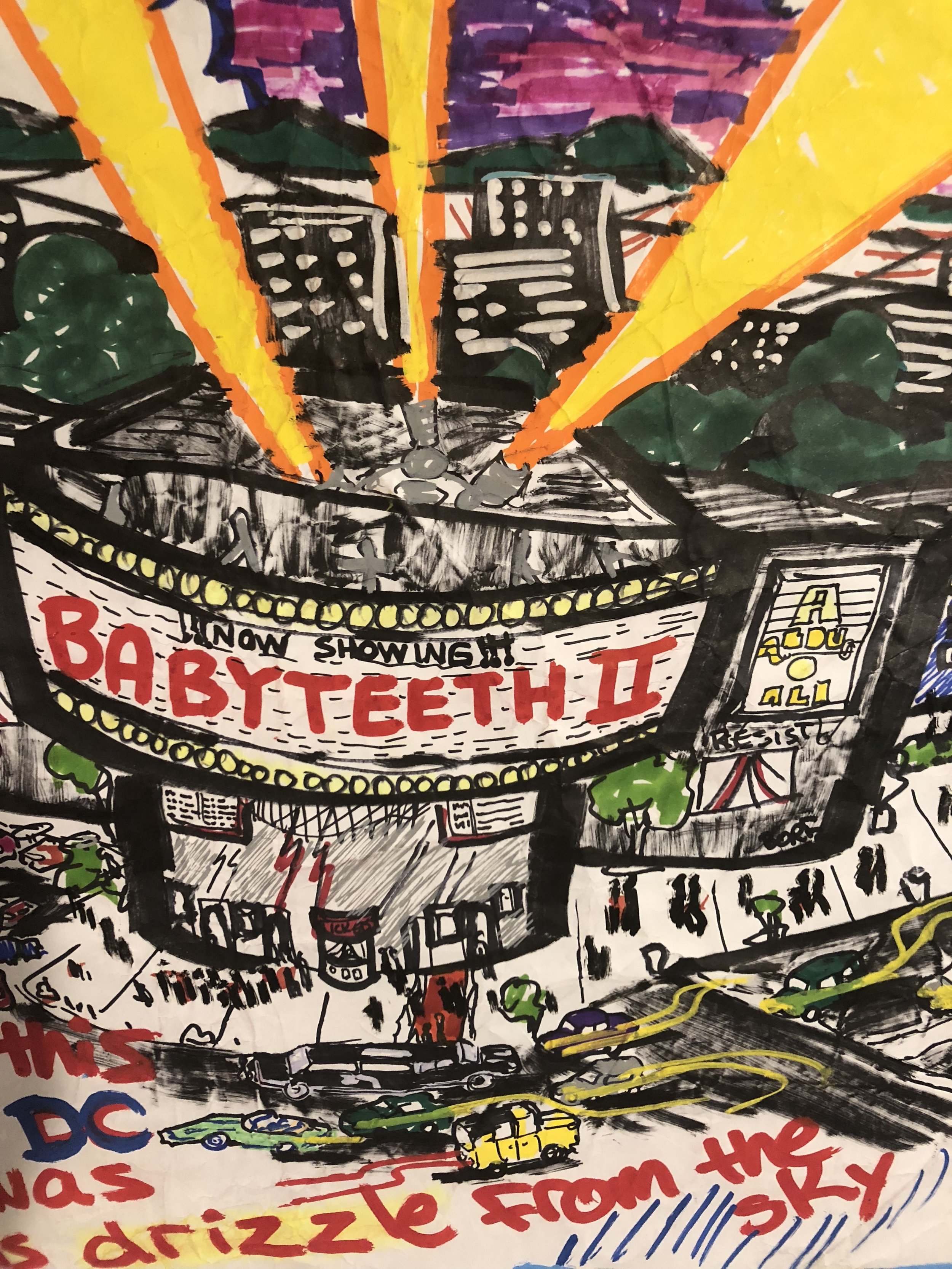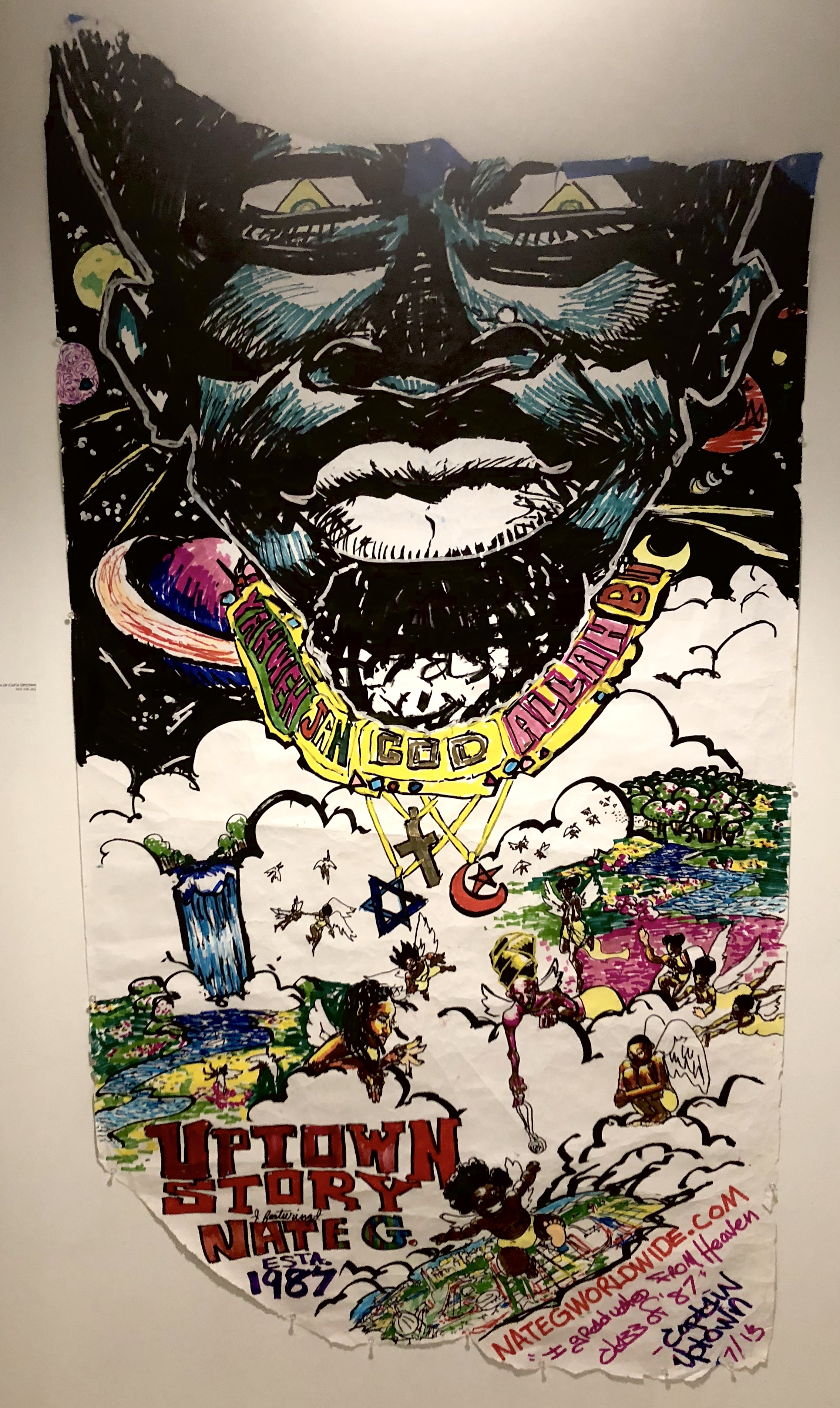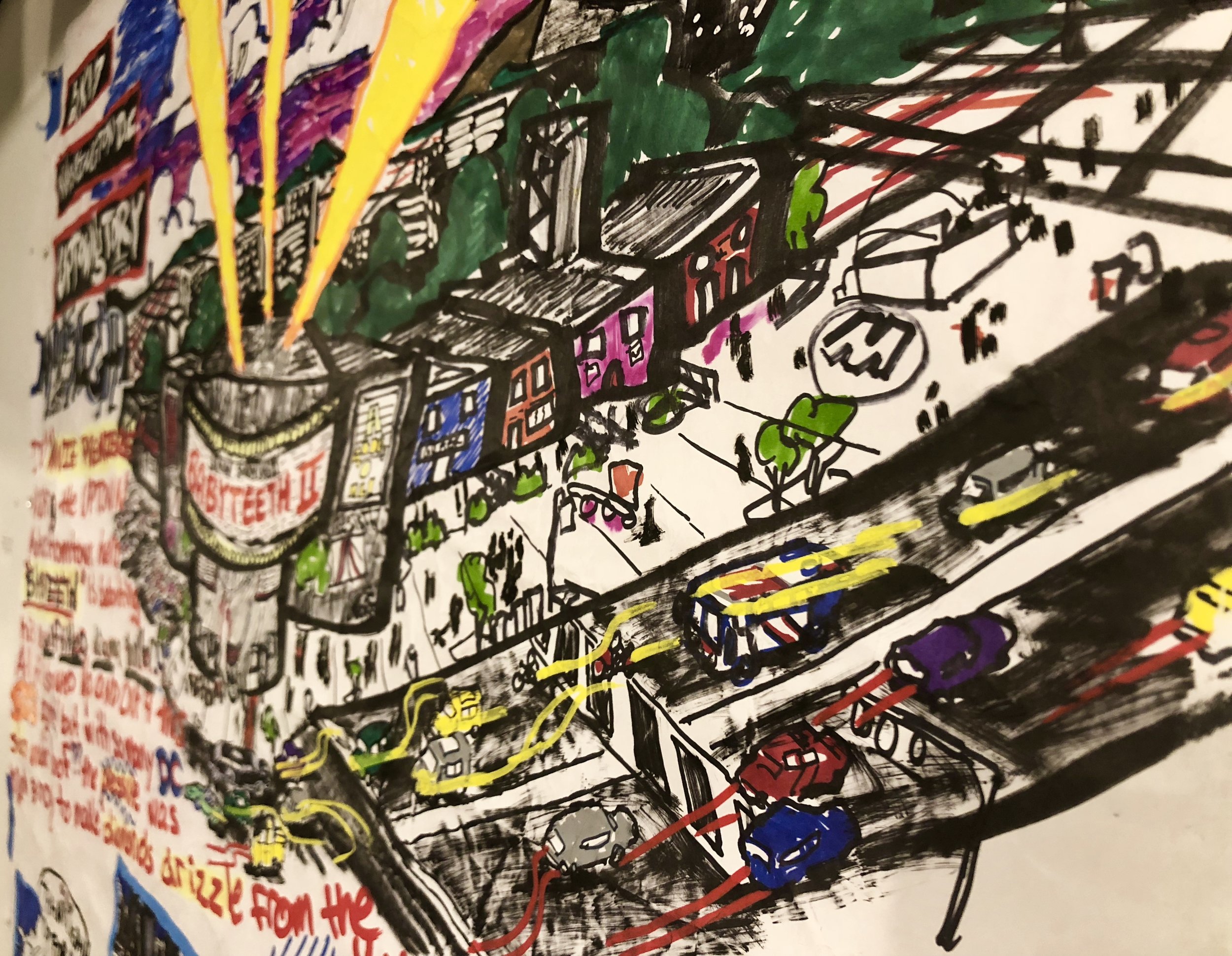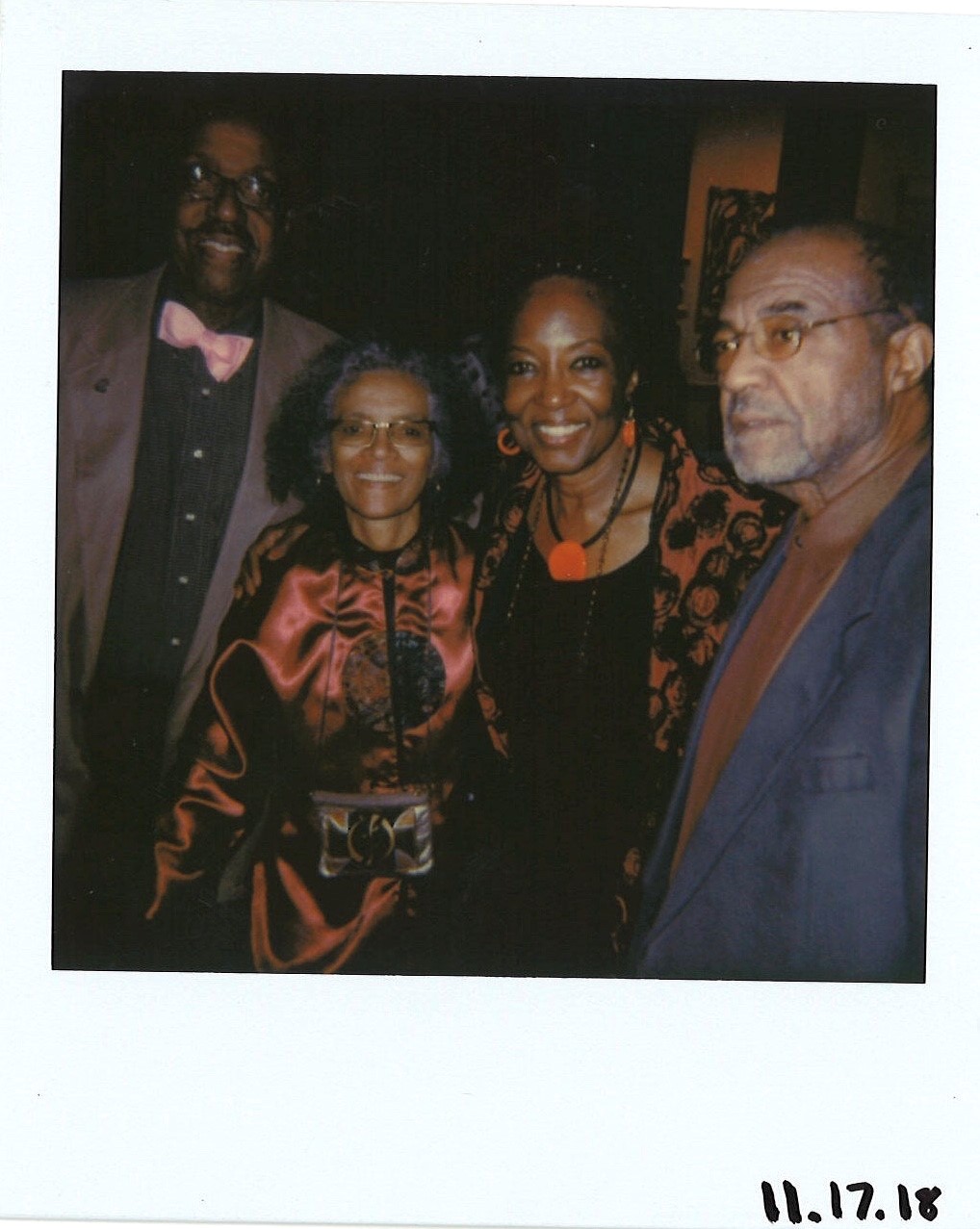Images from Youngstown, Ohio by Tyler Calpin
View more work at his “@lil35mm” Instagram handle.
Calpin: It was one of the first things when I was living in a dorm room at Point Park [University] and I started coming here and being able to look at this stuff I couldn’t afford it then but it was so nice to be able and come and look and not feel like I wasn’t welcome here. Once I started to see they were part of the gallery crawl and it doubled as a space that was not only for sneakers and fashion culture, but for art as well it was important for me to get my work and myself in here. What really inspired me was seeing Shar [Sharimar Cruz] do her work here. She went to Point Park and I was in classes with her. Seeing how accessible it was to people that are around in the Downtown area, but Pittsburgh in general. I came here, I saw what I could do, and I set out to get that goal. It took longer than I wanted it to, but that’s how things go sometimes.
ITR: Yeah, time.
Calpin: Time is really important. Believe me, when I was 17 years old, I would’ve loved to have solo shows. But I didn’t have the knowledge. I didn’t have the resources. I didn’t have any idea of what it really took. Now, five years later I’m 22 years old and I have that knowledge. I have those resources and I have the capabilities and the ability to cultivate the opportunities to make those kind of things happen. Being able to have my first solo show here means a lot to me. It was that first place that really struck me I was like, “I gotta do it.” It’s very surreal right now. Seeing it on the walls is just crazy right now.
ITR: What does it mean to debut “Searching for Jenny” in Pittsburgh? Obviously you go to school here and you lived close by being from Youngstown. When’s the first time you saw Pittsburgh as an opportunity?
Calpin: I would say I saw Pittsburgh as an opportunity the second I started coming here. My friend Ben and I would come out on random Saturdays. We would come out when it’s this cold outside. For the record, it’s like single digits right now. We would come out we’d go to the South Side. Go to the skate shop. Get Primanti Bros. Go to the Strip District. Stuff like that. It just seemed like one of those cities that it was do-able. It’s bigger than Youngstown, but it’s not like L.A. or New York where things are so overwhelming or super busy. Once I got to Pittsburgh in 2015, I started to see people who I was close with getting opportunities. I was friends with a lot of the juniors and seniors when I was a freshman. That was when they started to get their solo shows and group shows and their opportunities. As soon as I started to see it work for other people, I knew it could work for me too. All it took was talking to the right people and being genuine. If I could tell myself that years ago, I would run with that information. Truthfully. If all I knew it took was building genuine relationships, being yourself, and being consistent around those people…
ITR: That’s the big part about it.
Calpin: Yeah, it’s really important to continue to cultivate those opportunities. It goes back to that community that we have here. When people stop in once or twice a week that’s awesome. We have people that come in if they’re Downtown they’ll stop in just to say hi. That’s really important because those are people that I know that care about us as human beings and they know we’re something more than just sales associates. We’re human beings and creatives as well. When people can see that about you and they’re more interested in your personal life than what they can get out of you at the store, that’s really important.
ITR: What’s your ultimate goal?
Calpin: My goal is to keep doing this shit man. I just want to keep producing work at the highest level possible whether that’s conceptually or just producing a lot of things. I have my hands in a ton of stuff right now. I want to keep it that way. I just want to keep it moving and see where it takes me because that’s what got me going in the first place and that’s going to keep me afloat. Ultimately, my goal is to keep doing shows whether it’s a group show or a solo show. Ideally, I want to be the king of the Midwest. I want my work to be known in a region. Being national and international is so cool, but that takes a lot of time. My goal after Pittsburgh is going to somewhere like Chicago or Philadelphia. I want to do some stuff in Cleveland and especially in the Youngstown area. I do plan to show this work in the Youngstown area because it would be so stupid to not show it there. Not only do I want the people of the area to see it and appreciate it, but I just want them to see someone from Youngstown started there, went somewhere else, did something with their life, and is paying it forward in a lot of ways. I’d like to see myself curate shows as well. That’s something that I do like to do. But, yeah, I just want to expand regionally before I start to make the jump nationally or internationally.
ITR: What’s your role with Reviving Real?
Calpin: Specifically with Reviving Real, I do a lot of the photography work almost all of the photography work. You know, just pushing the product and getting people hip to the idea that we’re not only a clothing brand, but we’re a media platform at this point. The clothing is more like merchandise to the platform We do artists’ spotlights, blog posts, and we just partnered with Matt’s Music Mine. I know he’s a great journalist so that merging of music and journalism and culture it’s really important. We make promotional videos. We help people build electronic press kits. People that are looking to expand how they advertise themselves and what they do whether it’s through music, photography or art. We help people get the resources to make those things happen. We also consult people. We’ll sit down and have a conversation with you for a small fee. That knowledge is so valuable. What’s 50 bucks for a two-hour conversation that could turn into 500 or a thousand dollars in two months if you really use that to your advantage.


